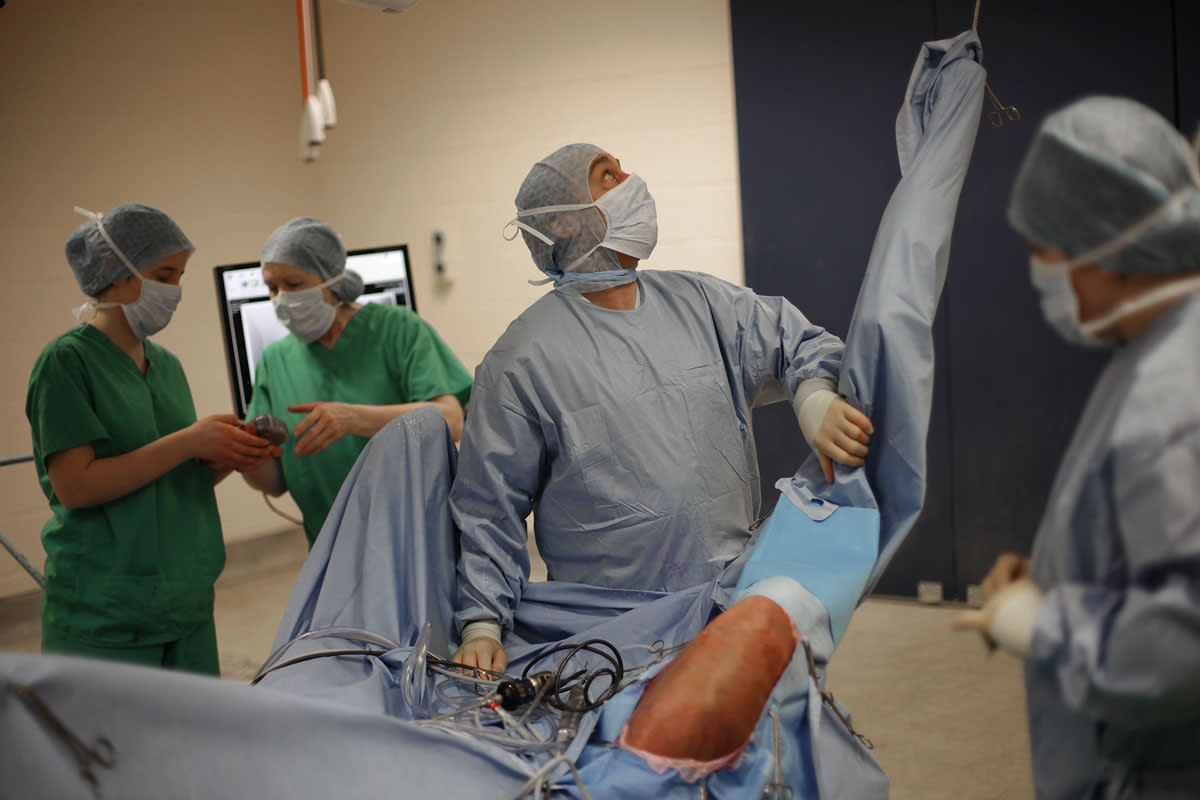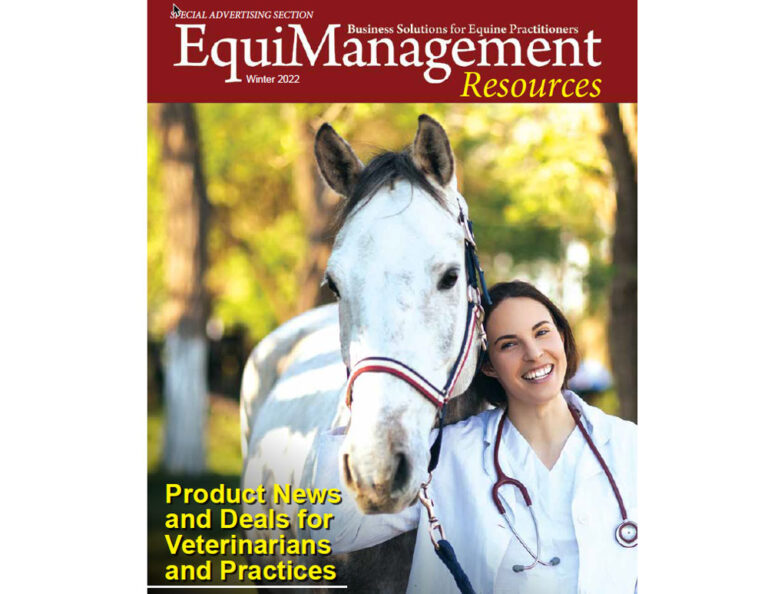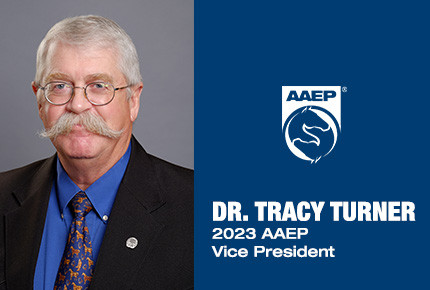
A variety of techniques and materials have been tried in attempts to mitigate lameness issues from subchondral cystic lesions (SCL). In a recent study, a composite absorbable implant was used to treat SCLs in various anatomical locations in young horses aged 10–24 months [Ravanetti, P.; Lechartier, A.; Hamon, M.; Zucca, E. A. composite absorbable implant used to treat subchondral bone cysts in 38 horses. Equine Veterinary Journal Jan 2021; doi:10.1111/EVJ.13428].
The implant used is said to reproduce biological bone. Made from nanohydroxyapatite and calcium phosphate and mixed with poly-L-lactic acid, it is bioabsorbable, biocompatible, osteoinductive and osteoconductive; i.e., properties that stimulate filling of the defects.
The study from January 2017–June 2018 included 38 horses diagnosed with lameness attributable to SCL lesions of at least 8 mm in size and less than 10 mm from the articular surface and surrounded by a sclerotic edge. The horses had not undergone any previous surgical or medical treatment. Under general anesthesia, extra-articular decompression of the SCL was accomplished with drilling, then curettage was done before a fill with the absorbable implant under radiographic guidance.
The patients were stall rested for four weeks post-op, then introduced into a post-op rehabilitation program tailored to the age of the horse. Following 12 weeks of exercise restrictions, all the horses went back to their previous exercise routine. Radiographs were taken at 30, 50, 90 and 120 days post operatively to compare to pre-op images. New bone surrounding the implant was present at 10 weeks following surgery. The horses were followed up for 28–46 months.
The results are very encouraging:
- Lameness resolution occurred in 36/38 horses.
- Radiographic filling of the lesion occurred in 77% by 120 days.
- 71% raced after surgery and 48% raced in their 2-year-old year.
Slow absorption of the implant is desirable as new bone forms around the implant. The authors stated: “This surgical procedure allowed early rehabilitation and resulted in progressive healing of the lesions.”
They add that the material also does not cause artifacts that interfere with CT or MRI exams, thereby preserving the ability to assess any lesions as needed.








